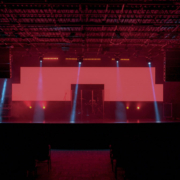Glossary for Charity Event Producers
Glossary for Charity Event Producers
In order to throw a spectacular fundraiser, you need to know all of the necessary lingo. Expand your vocabulary and use this glossary as a guide when communicating with industry professionals!
Charity Events
- Benefactor: Someone who contributes a sizable gift to an organization.
- Cause Marketing: The promise that a portion of the money that a company generates from a product, service, or event will be given to a particular social cause or a specific non-profit organization.
- Certified Fundraising Executive (CFRE): This is a credential given to nonprofits by the Association of Fundraising Professionals, as long as they have high performance as a fundraising executive, thorough understanding of fundraising, have been fundraising for at least five years, an education, and service.
- Charitable Deduction: The value of money or property given as a gift to a 501(c)(3) organization, that can be taken off a portion of the donor’s federal income tax.
- Donation Kiosks: Typically a station at an event where donors can swipe or enter their credit card in order to donate money. This helps when people don’t carry cash but still want to give to an organization. There are also plenty of compact, mobile kiosks that can be perfect for fast-paced events, such as auctions.
- Donor Advised Fund (DAF): An account that a donor holds and puts money towards over a period of time, and then when they’re ready, recommend grants to a charity of their choosing. These accounts allow the donor to receive immediate tax benefits when they contribute money into the account.
- Donor Relations: An important component to maintaining current donors. Usually through acts such as acknowledgements, personal engagement, and information.
- Electronic Funds Transfer (EFT): When a donor commits to making monthly donations to a nonprofit, they arrange with their bank to deduct a certain amount of money to be given to said charitable organization each month.
- Gift Range Chart: A chart that portrays the number and size of gifts that need to be donated in order to reach their campaign goal. Important for campaign leaders to know in the planning phases of an event.
- Grassroots Fundraising: A local form of fundraising, where an organization will gather modest donations from people in their community to achieve a certain goal. Examples of grassroots fundraising include bake sales, carwashes, membership drives, auctions, banquets, and raffles.
- Indicia: A mark that is used instead of a stamp or meter on an envelope, and it shows that the mail is from a nonprofit organization. Allows for them to receive a reduced rate on bulk mailing.
- Peer to Peer Fundraising: A way of raising money at an event, where a large amount of responsibility is on the participants. Common for marathons, triathlons, fun runs, etc. The participants independently ask their family, friends, and members of their community to pitch in money to support them and raise money for the charity.
- Swag: Free gifts given to the attendees at events. Typically will have the organization’s logo on it. Meant to show appreciation for attending and increase people’s remembrance of the organization/event.
- Venue Rider: Information about the location in which the event is being held, as well as any necessities required for the event. These details are stated in a document.
Types of Sponsorships & Donations
- In-Kind Sponsorship: When a company provides goods or services at an event, as opposed to monetary contributions.
- Media Event Sponsorship: When an organization promotes its event in ways that are attractive to the media. These sponsors get reporters there to cover the event. This can be very helpful for nonprofits to help raise their profile and generate more awareness for them.
- Planned (Legacy) Gift: A sizable donation to a nonprofit organization that is arranged in the current time, but gifted at an established time in the future. This is often through a will or trust.
- Principal Gift: Typically known to be a donation of $1 million or greater, and often given as appreciated assets that donors can use as a tax write-off. An example of this could be a stock that was bought at a lower price and then increased over time.
- Recurring Donation: This is a predetermined, specific amount that a donor agrees to pay a nonprofit over a determined period.
- Restricted Gift: A donation given by an individual or company with conditions on how it is used by the organization. Allows donors to know where their money is going and how it’s being used.
- Sponsorship Package: An agreement between an organization hosting an event and an external company about donations and compensation for those donations (compensation often involves advertising for the external company at the time of the event).
- Unrestricted Gift: A donation given by an individual or company with no limits on how that donation is used. Usually given to nonprofits with trust that it will be used for good purposes.
Music & Entertainment
- Radius Clause: Part of a contract that states an artist can’t perform in a particular geographic region during a specified period of time surrounding the event that they’re performing at. This is because the event organizers want consumers in their geographical area to attend their event, as opposed to another one in the same region during a similar time frame. They want exclusivity over the artist.
- Bonuses/Overages: If a certain amount of ticket sales or revenue is generated by a performance, the act can receive extra payment.
- Confidence Monitor: Also referred to as a “foldback.” A discrete monitor located downstage, that a performer/speaker can use to see exactly what is being shown on the main projector. This helps so that they don’t have to look behind them to see if everything is being displayed correctly.
- Drop: The ripped ticket stubs that can be used to determine how many people attended the event. Specifically important when determining band bonuses.
- Fly: To hang lighting or sound equipment from the ceiling of a venue.
- Line of Sight: The perception of the audience and what they can and can’t see based on their positioning.
- Manifest: A layout of all filled and available seating.
- Mixer: The system that controls lighting, sound, and monitors for a performance. Usually, each act needs its own mixer console.
- Production Kills: The seats that become unusable because the space is required for production equipment, such as mixing boards.
- Proscenium Staging: A stage designed with a curve; often found in theaters.
- Rigger: The person who sets up and hangs equipment for an event.
- Run of Show: The itinerary created for people behind the scenes of an event to ensure that everything stays on schedule and runs smoothly. Includes aspects like set up, audio and lighting cues, order or performers, etc.
- Strike: Taking down props or equipment and bringing it off the stage.
- Turnover: When the tech crew and musicians have to quickly rearrange the set on stage between bands to get ready for the next set.
We hope this glossary helped you brush up on all of the terms you should know when conducting your event! Use it as a resource to reference when you’re looking for the right way to put an idea into words. Did you see anything you’re unfamiliar with? We’re here to support you with all of your event production needs. Reach out and schedule a meeting, we’d be happy to talk things through with you.




